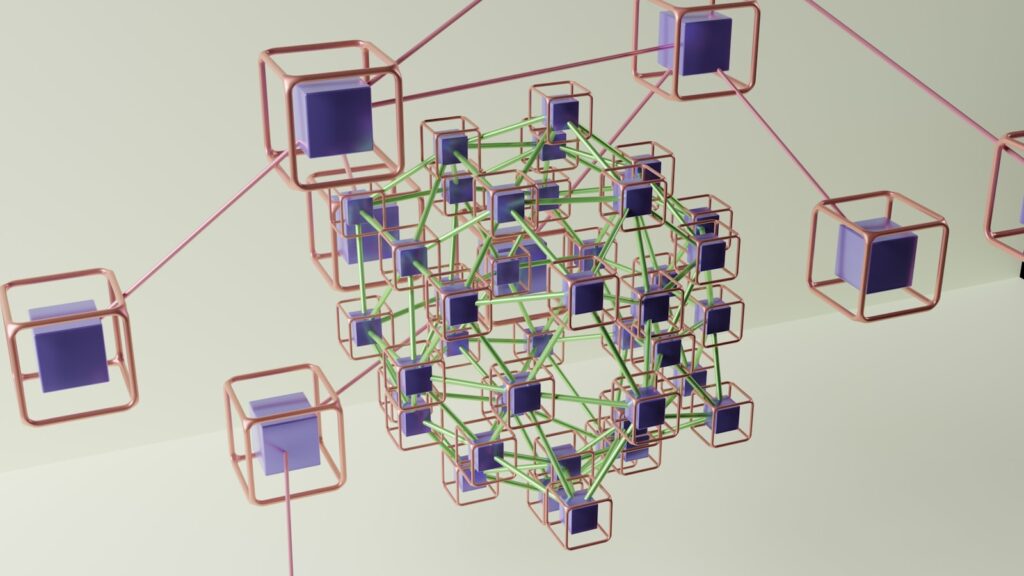Key Points:
- The Reserve Bank of India (RBI) is cautious about the nationwide rollout of its central bank digital currency (CBDC), the e-Rupee.
- RBI prioritizes financial stability and long-term impact over rapid implementation.
- The e-Rupee pilot program has already engaged over 5 million users with around 1 million transactions.
- Development of offline transfer capabilities is ongoing, but the e-Rupee lags behind India’s Unified Payments Interface (UPI) system.
- Wholesale CBDC programs target interbank and government securities transactions, involving major financial institutions.
The Reserve Bank of India (RBI) has taken a cautious stance on the nationwide rollout of its central bank digital currency (CBDC), the e-Rupee. Despite initial successes in its pilot programs, RBI emphasizes a careful evaluation of long-term impacts and financial stability over rapid adoption. This measured approach reflects the bank’s commitment to ensuring the CBDC’s effectiveness while minimizing disruptions to India’s financial ecosystem.
Pilot Program Successes and Challenges
Growing User Base
The e-Rupee pilot program, launched in December 2022, has garnered over 5 million users and facilitated approximately 1 million retail transactions by mid-2024. This demonstrates significant interest and potential for digital currency adoption in India. However, as T. Rabi Shankar, RBI Deputy Governor, pointed out, a deeper understanding of the long-term consequences is essential before moving to a national rollout.
Offline Transfers: Closing the Gap
To increase accessibility, the RBI is developing offline transfer capabilities for the e-Rupee. This feature aims to enable transactions in remote areas with limited internet connectivity. While promising, the e-Rupee still trails behind the widespread adoption and efficiency of India’s Unified Payments Interface (UPI), which has set a high benchmark for digital payment systems in the country.
Wholesale CBDC Initiatives
Targeting Institutional Transactions
In addition to retail applications, RBI is testing the e-Rupee for wholesale purposes, particularly in interbank and government securities transactions. The program involves nine major financial institutions, aiming to refine the operational design of the CBDC and identify key use cases. These efforts highlight the potential for CBDCs to streamline high-value transactions and enhance transparency in financial markets.
Balancing Innovation and Stability
Prioritizing Financial Stability
RBI’s cautious approach underscores the importance of maintaining financial stability amidst innovation. Rapid deployment of the e-Rupee without a comprehensive understanding of its effects could lead to unintended economic consequences. By conducting extensive evaluations, the RBI seeks to implement the CBDC in a manner that aligns with India’s broader financial goals.
Learning from Global Trends
India’s measured progress mirrors global trends, as other central banks also grapple with challenges surrounding CBDC implementation. The RBI’s focus on interoperability, security, and scalability positions it to adapt to emerging standards and best practices in the global financial ecosystem.
Broader Implications for Blockchain Adoption
Bridging the Digital Divide
While the e-Rupee aims to complement existing digital payment systems, its offline capabilities could play a pivotal role in bridging the digital divide. By enabling access to digital currency in underserved regions, the e-Rupee has the potential to promote financial inclusion on a national scale.
Strengthening Cross-Border Transactions
Looking ahead, the e-Rupee could facilitate cross-border transactions, reducing reliance on traditional financial intermediaries. This aligns with India’s growing emphasis on leveraging blockchain technology for practical applications, enhancing efficiency and reducing transaction costs.

Future outlook
The RBI’s cautious approach to the e-Rupee rollout reflects a strategic balance between innovation and stability. By prioritizing long-term impact assessments and addressing infrastructure challenges, the central bank is laying the groundwork for a robust and inclusive CBDC framework. As India continues to explore the potential of blockchain technology, the e-Rupee could serve as a cornerstone for future advancements in the country’s financial landscape.


